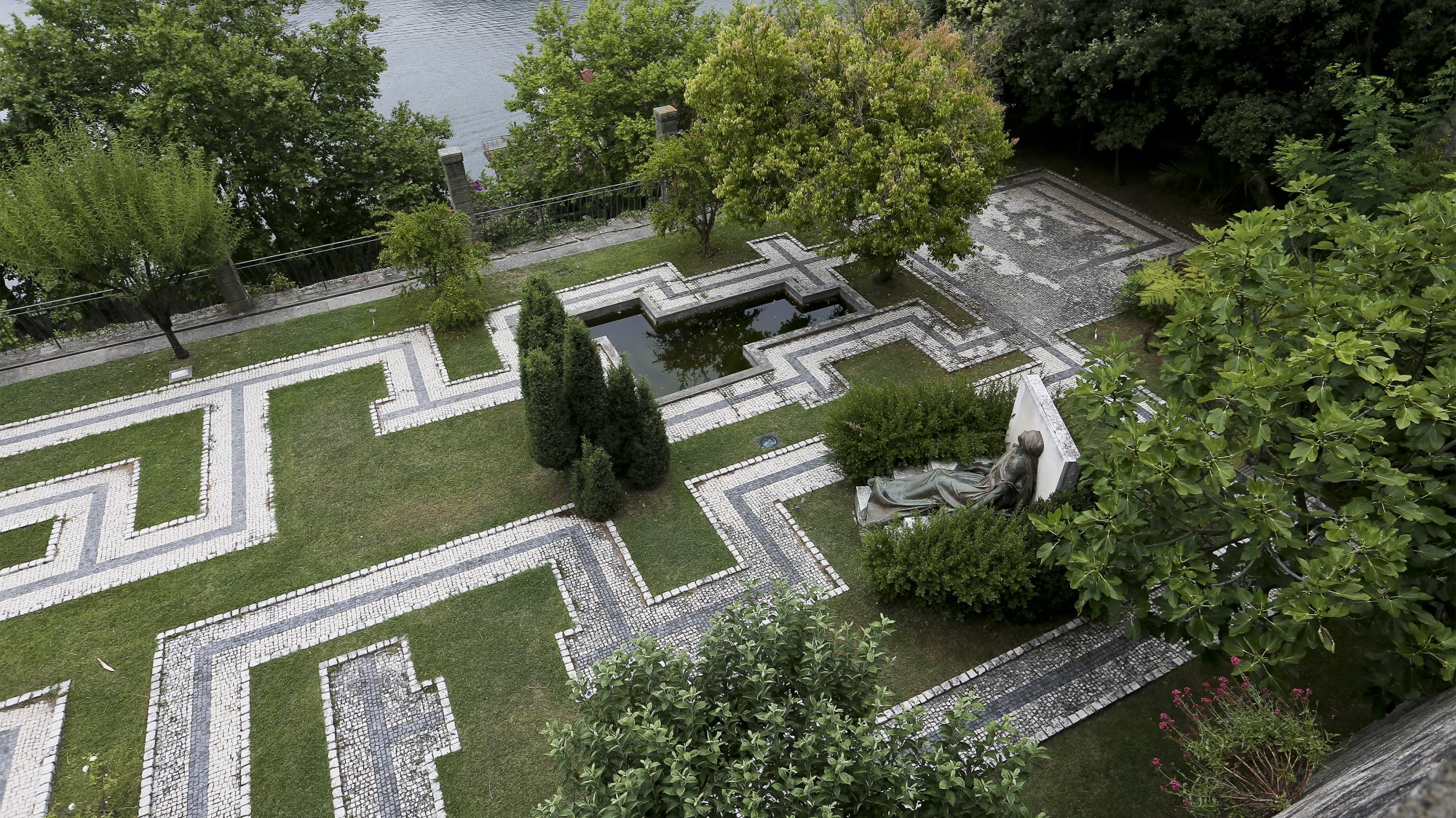The deactivation of the automatic irrigation in gardens or the creation of artesian holes in urban parks are some of the measures implemented by some municipalities of Greater Porto to alleviate the water shortage, several sources indicated on Tuesday.
Speaking to the Lusa agency, the mayor of Gondomar, Marco Martins, said that artesian wells were drilled in the Gondomar Urban Park and the Rio Tinto Urban Park. to prevent the irrigation of these green spaces from depending on the water supply network.
“It is an option that aims to save the network, which is essential to save for the supply and well-being of the population,” said the mayor.
Along with this measure, in Gondomar, in the Oporto district, the fountains were closed, the water available in public drinking fountains was reduced and the use of the fountains was reduced.is limited and supervised by the Parish Councils“.
In Matosinhos, automatic irrigation systems in green spaces are disabled, and only flower beds with seasonal plants and recent plantings, including recently installed grass mats, are subject to irrigation.
In response to Lusa, a source from the municipality of Matosinhos said that “in the places that will have to be irrigated, there have been substantial reductions in the amounts of water to be applied, to levels that guarantee only the subsistence of the vegetation, through the reduction of frequencies and reduction of irrigation times”.
“With the suspension of irrigation, savings in water consumption amount to an average value of 20,031 cubic meters/month“, reads the municipality’s response.
In this municipality north of Porto, a campaign was also launched to raise awareness among users of cemeteries, parks, gardens and urban orchards.
In the south of Porto, in Vila Nova de Gaia, no measures are planned that include, for example, cutting off water at night, a measure that municipalities in the interior of the country have already adopted or are threatening to adopt, but the municipality guarantees that “in the face of the current water crisisa [empresa municipal] Águas de Gaia has focused on a proactive rather than a reactive response.”
Through the detection of unfeasible leaks, replacement of meters and implementation of smart meters, “continuous” analysis of consumption and billing comparison, among other measures, Águas de Gaia claims to have managed to reduce the volume of water purchased from Águas do Douro and Paiva, which resulted in savings, accumulated since the beginning of the project, in 2020, of more than 1,600,000 cubic meters of water.
“In 2023, the goal is for the percentage of losses to be 10%, or a little lower (…). At the same time, we launched a project for the reuse of rainwater in some schools in the municipality and, together with Simdouro, we developed a project for the reuse of treated wastewater, that will allow the irrigation of gardens and urban cleaning to take advantage of this treated wastewater“, concluded a source from Câmara de Gaia.
Santo Tirso also admitted that he was implementing measures to mitigate the scarcity of water, specifically in automated and programmed irrigation systems, through “decreasing the flow in the gardens and parks of the county.”
In addition to these measures, according to a source from the Santo Tirso City Council, there are others such as the installation of timers in the taps of drinking fountains and public toilets and flow reducers, which “allows savings of more than one million liters of water ”. .water/year in the municipal pavilion and municipal swimming pool”, reads the response to Lusa.
As for the fountains and fountains of Santo Tirso, they are fed by closed water circuits and equipped with sensors that reduce the outflow of water in times of strong winds.
The municipality of this municipality of Vale do Ave said that it is favoring the planting of native plant species or those adapted to the soil and climate conditions and replacing pasture areas with areas of rainfed meadows.
In Maia, in response to Lusa, the mayor, António Silva Tiago, stressed that there has been no lack of water in the municipality, so the municipality “will maintain the strategy of”raise consumer awareness about responsible, parsimonious and efficient use”of the water.
Fortunately, the population of the municipality of Maia has not experienced this problem of water scarcity, a product of the drought, but that does not exempt us from the need to be responsible and even show respect for our compatriots who are suffering in their skin. with this serious problem (…) It is a matter of civility, but it is also a matter of public ethics and solidarity, ”he said.
The Lusa agency also requested information from the municipalities of Porto, Valongo and Trofa and is awaiting a response.
Source: Observadora
